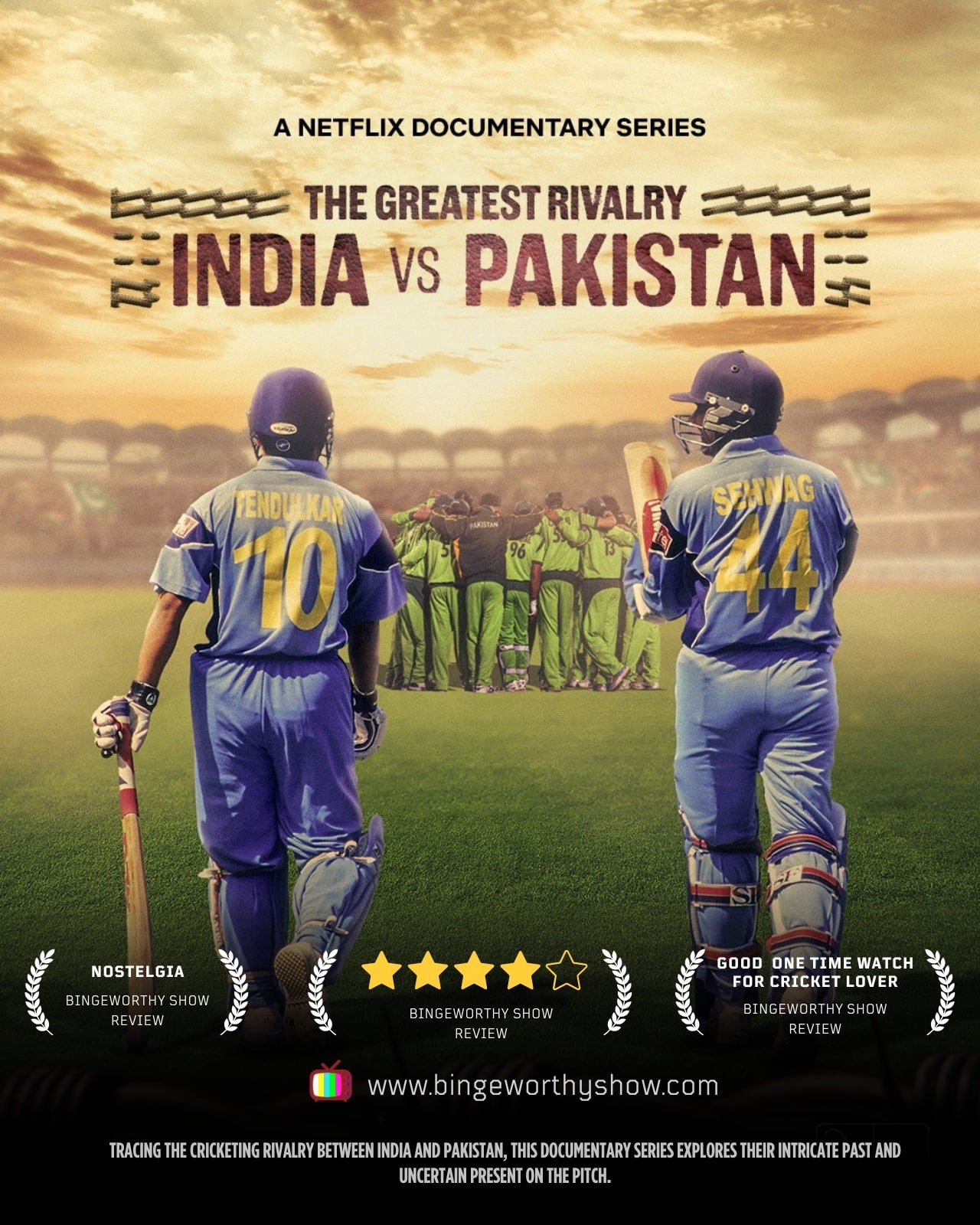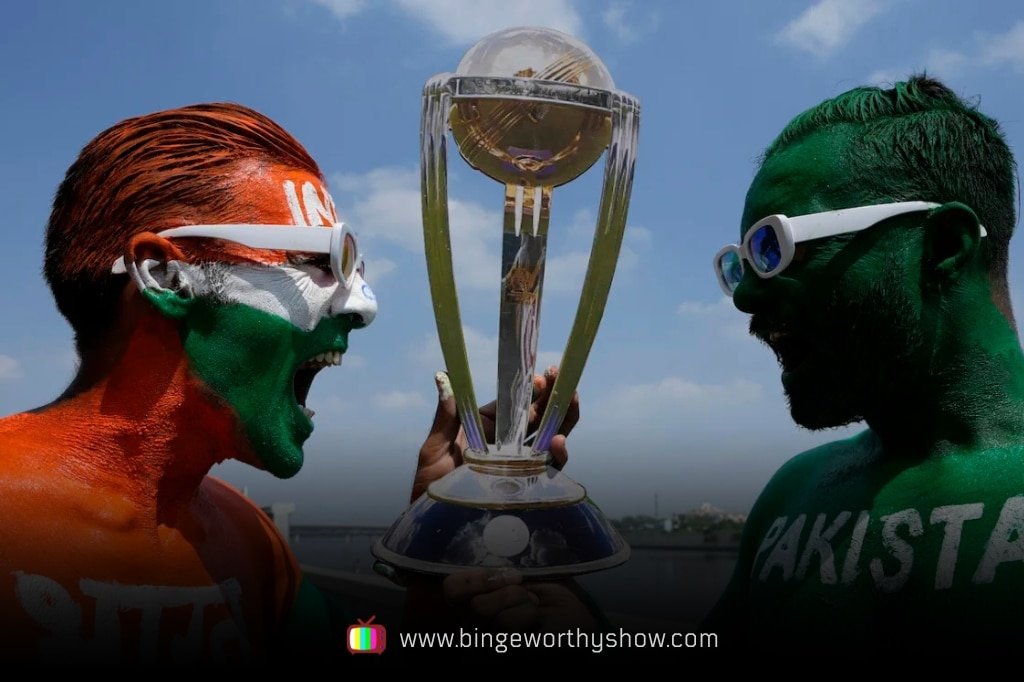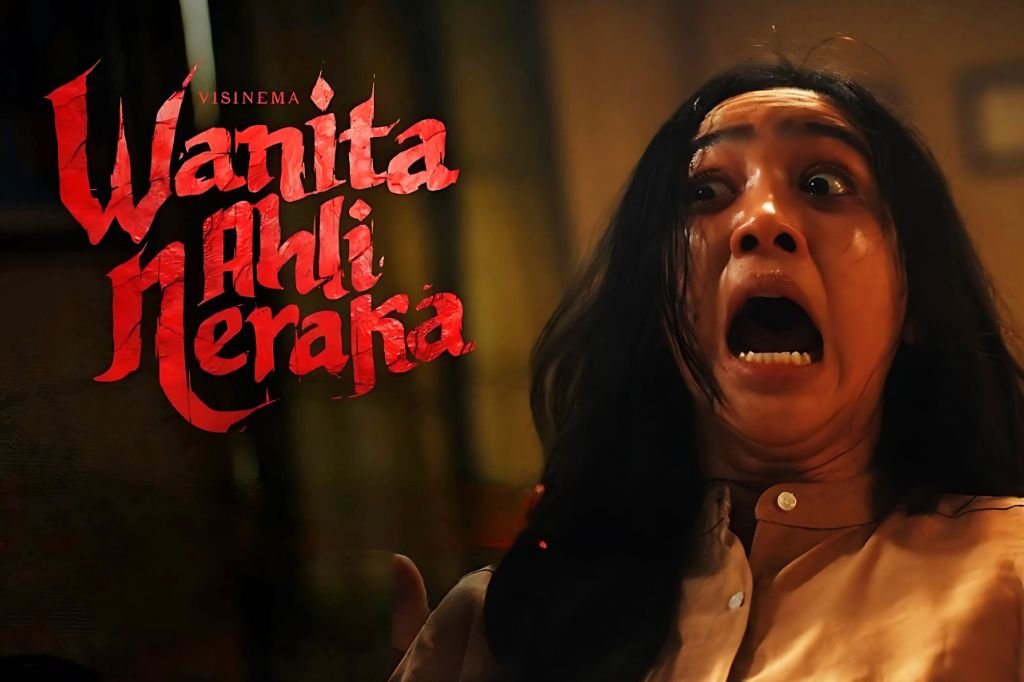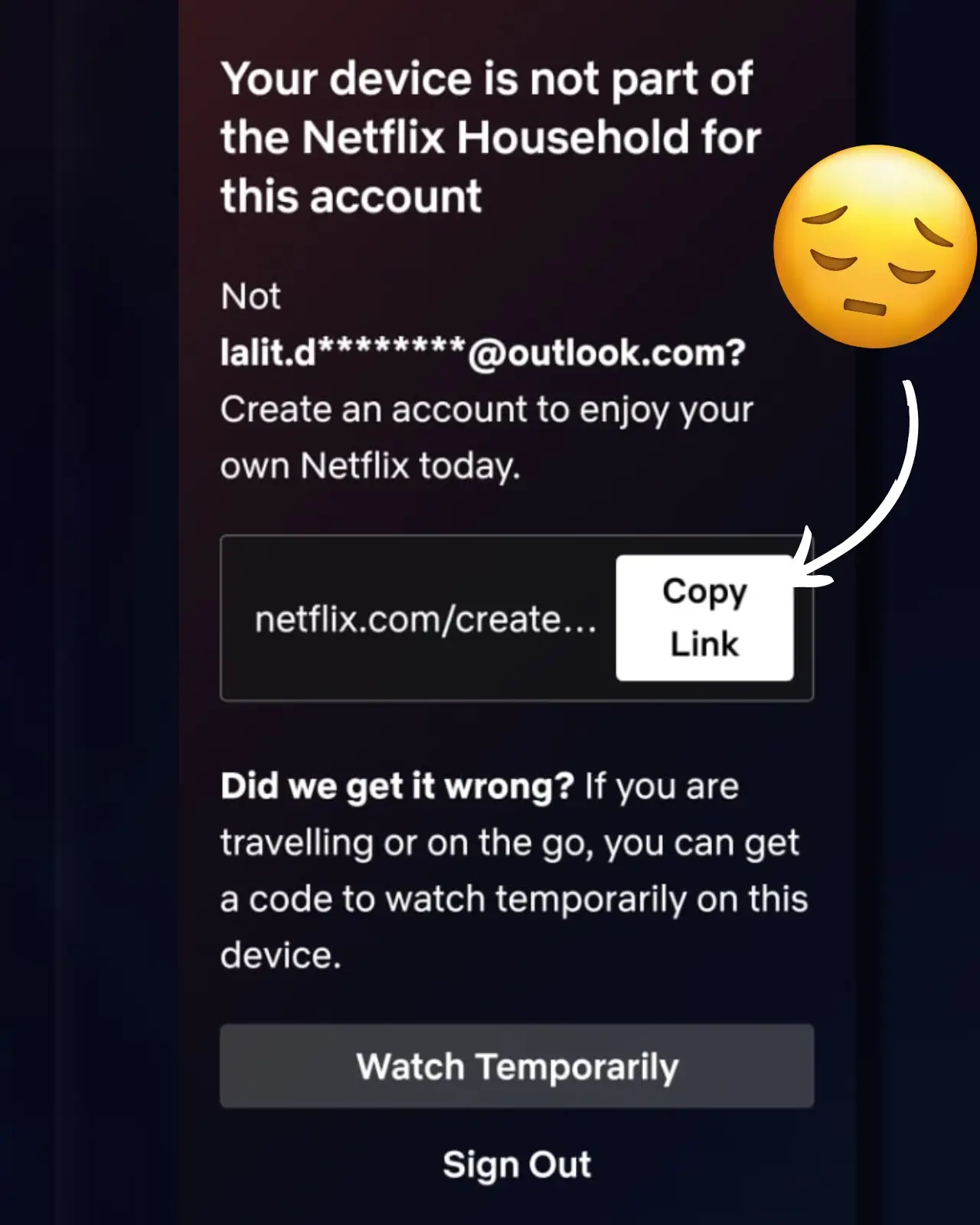Now Reading: The Greatest Rivalry – India vs Pakistan Netflix Documentary Review – Nostalgia, Dubbing Flaws & Missing Eras
-
01
The Greatest Rivalry – India vs Pakistan Netflix Documentary Review – Nostalgia, Dubbing Flaws & Missing Eras
The Greatest Rivalry – India vs Pakistan Netflix Documentary Review – Nostalgia, Dubbing Flaws & Missing Eras

Cricket’s fiercest rivalry takes center stage in Netflix’s The Greatest Rivalry – India vs Pakistan, a documentary that blends nostalgia, politics, and iconic sporting moments. Featuring legends like Virender Sehwag, Sourav Ganguly, Shoaib Akhtar, and Javed Miandad, this series promises to reignite memories for fans. But does it truly bowl a perfect yorker? Let’s break it down.
Plot Overview: Reliving Cricket’s Golden Era

Table of Contents
The Greatest Rivalry: India vs Pakistan targets Gen Z with a focus on the post-1999 era, where titans like Sachin Tendulkar, Rahul Dravid, and Shoaib Akhtar dominated the pitch. The series opens with the rise of these icons, weaving in political tensions like Shiv Sena’s opposition to Indo-Pak matches and pitch vandalism in Mumbai. Yet, it also celebrates cricket’s unifying power, such as the Chennai crowd’s standing ovation for Pakistan after a Test loss—a moment that redefined sportsmanship.
The 2004 India-Pakistan tour—a historic ODI and Test series after a 15-year hiatus—anchors the narrative. Relive Sehwag’s candid admission of battling mental pressure by singing songs mid-match and Akhtar’s prophetic Kolkata sightseeing tale, where he vowed, “You’ll know me soon,” before dismissing Tendulkar with his first ball. The series also dives into reverse swing, with Waqar Younis dissecting its mechanics and Kiran More revealing how cross-border knowledge-sharing shaped the game.
Major Disappointments The Greatest Rivalry – India vs Pakistan : What Falls Short?
- Dubbing Dilemmas: Fans might cringe at the overdubbed voices of players like Shoaib Akhtar, stripping away the raw emotion of their original Hindi/Urdu narratives. This choice disrupts immersion, especially for bilingual viewers.
- Historical Gaps: The documentary skips pivotal eras, omitting legends like Kapil Dev and Imran Khan, iconic Sharjah clashes, and India’s 1985 Benson & Hedges triumph. Even Tendulkar’s iconic 194* in Multan and Dravid’s leadership during the 2004 tour are glaringly absent.
- Rushed Pacing: At just three episodes (30–35 minutes each), the series feels hurried. Key World Cup moments (1996, 2011) and post-2000s clashes are glossed over, leaving fans craving deeper dives.
Key Highlights: Why It Still Scores
- Player Insights: Sehwag’s humor about buying suits in Pakistan and Ganguly’s “dedh mahina Diwali” quip showcase camaraderie amid rivalry.
- Political vs. Sporting Drama: Archival footage of the BCCI office vandalism and the Kargil conflict backdrop highlight how cricket mirrors Indo-Pak tensions.
- Emotional Nostalgia: The 2004 tour’s warmth—players treated as guests off-field but warriors on it—captures cricket’s dual role as battleground and bridge.
Binge-Worthy or Not? Final Verdict

For die-hard cricket fans, the series is a nostalgic trip, offering rare glimpses into locker-room struggles and iconic matches. However, its narrow focus on the 2004 tour and lack of historical depth might leave purists wanting more.
Casual viewers, especially Gen Z audiences, will appreciate its fast-paced storytelling and socio-political angles. The blend of real footage and candid interviews makes it engaging, even if sensationalized re-enactments occasionally distract.
Rating: 3.5/5 – A flawed but heartfelt tribute to cricket’s most charged rivalry.
Final Word: Stream The Greatest Rivalry: India vs Pakistan on Netflix for its player-driven nostalgia and glimpses into cricket’s diplomatic power. Just don’t expect a cover drive into the sport’s full history



























